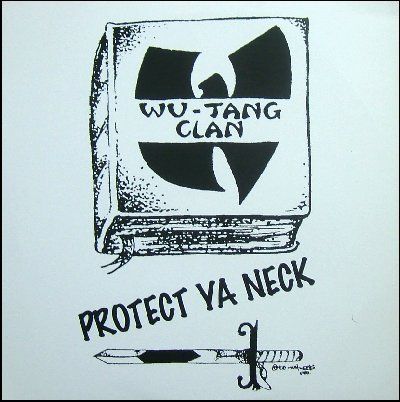Well, sure. There are a lot of assumptions that go into that statistic. Just as there are a lot of assumptions that go into DRS or UZR. But just looking at the sheer volume of plays that he gets, there just aren't that many opportunities for him to make a difference versus an average right fielder.
You might actually read my post a little closer because it's very clear and might give you some insight into the issue I am pointing out. I am pretty well convinced I am right, and Bill James is pretty well convinced of this problem as well. And he's the guy that started the fire.
The $8m per WAR is the nsacpi scale from last offseason. My Point is he's not a six WAR player, because a significant portion of that value is based on some very questionable statistics. Mike Trout might be. But that's because of his offensive capabilities which I believe are easier to quantify into wins above replacement.
The people at DRS responded to James' about this last year:
"Offensive Linear Weights similarly have an "expectation", or baseline. It's zero. In other words, when the batter steps up to the plate, he could single (+0.45 runs), homer (+1.40 runs), strike out (-0.30 runs), or any number of possible outcomes. (Obviously, the actual run expectancy change of the play will depend on the runners and outs, but we're dealing with averages here as Linear Weights does.) The batter will make an out (-0.30) far more often than he'll get a hit, but the average of every outcome's run value will be 0.00. By definition. If the frequency of events changes, the run values of each event change to keep the average at 0.00.
You could explain our Range and Positioning calculation in the following way. Back to our batter stepping up to the plate. The expectation of this play is zero, 0.00. The pitcher and batter do their thing, and sometimes the ball is put in play. The ball is in the air or on the ground, weak grounder or screaming liner, on its way to something. En route, even before the play has been resolved, we can consider the expectation of the play to have changed.
It might be a screaming liner that is a sure single 100% of the time. In this case, the value of the play is now 0.45, the run value of a single.
It might be a pop up on the infield, a sure out 100% of the time. In this case, the value of the play is now -0.30, the run value of an out.
It might be a hard grounder towards third. Let's say we estimate that it's a single 50% of the time, and it's an out 50% of the time. In this case, the expectation of the play is now 0.50*0.45+0.50*(-0.30) = 0.075. (We're using a simple binary example, but note that we can use any number of outcomes with their respective estimated frequencies and run values.) The play has jumped from 0.00 to 0.075, so that hard grounder was a positive outcome for the batter.
Now we get to evaluate the fielder. If he makes the play, it's an out. We credit the fielder 0.075 - (-0.30) = +0.375. If he fails to make the play, it's a single, and we penalize the fielder 0.075 - 0.45 = -0.375. So, while the difference between the hit and the out is 0.75, we're actually giving/penalizing the fielder a fraction of that, depending on the difficulty (expectation) of the play.
The Defensive Runs Saved system's job is to accurate estimate the difficulty, or "expectation" of each play given a league average fielder, since we use a league average baseline for each position."
------
The runs saved or lost that DRS uses is based off of the linear weights used to calculate wOBA which imo is the best offensive stat that we have. Every event (homer, single, etc) is worth X amount of runs based on historical evidence of what those events actually did for actual runs scored. It changes with the run scoring environment so for example a homer in 2013 is worth more than a homer in 2000 (due to the frequency of the event).
So as the example above says if there is a play that's a single 50% of the time and an out 50% of the time then that fielder either gets positive 0.375 if he makes the or -0.375 if he fails to make it. This is on every play. So to say that Player X in the outfield only made 10 or whatever plays (which are just catches by the way) just has no context to go with it. Again if the outfielder makes a play in the gap that goes for a double 50% of the time then he again is getting credited with the 0.375 for that play. All of those things add up.
And my point about the 24 million is that he is worth that on his offense alone based on the 8 million per WAR scale. Again he was a 3.5 WAR player based on his offense, position, and playing time in 2015. If you think the best defensive right fielder in baseball isn't worth 2.5 wins then how many would you estimate he is worth? 2? 1? 0.5? Is a 4 WAR player not worth 24 million a year in todays market?


